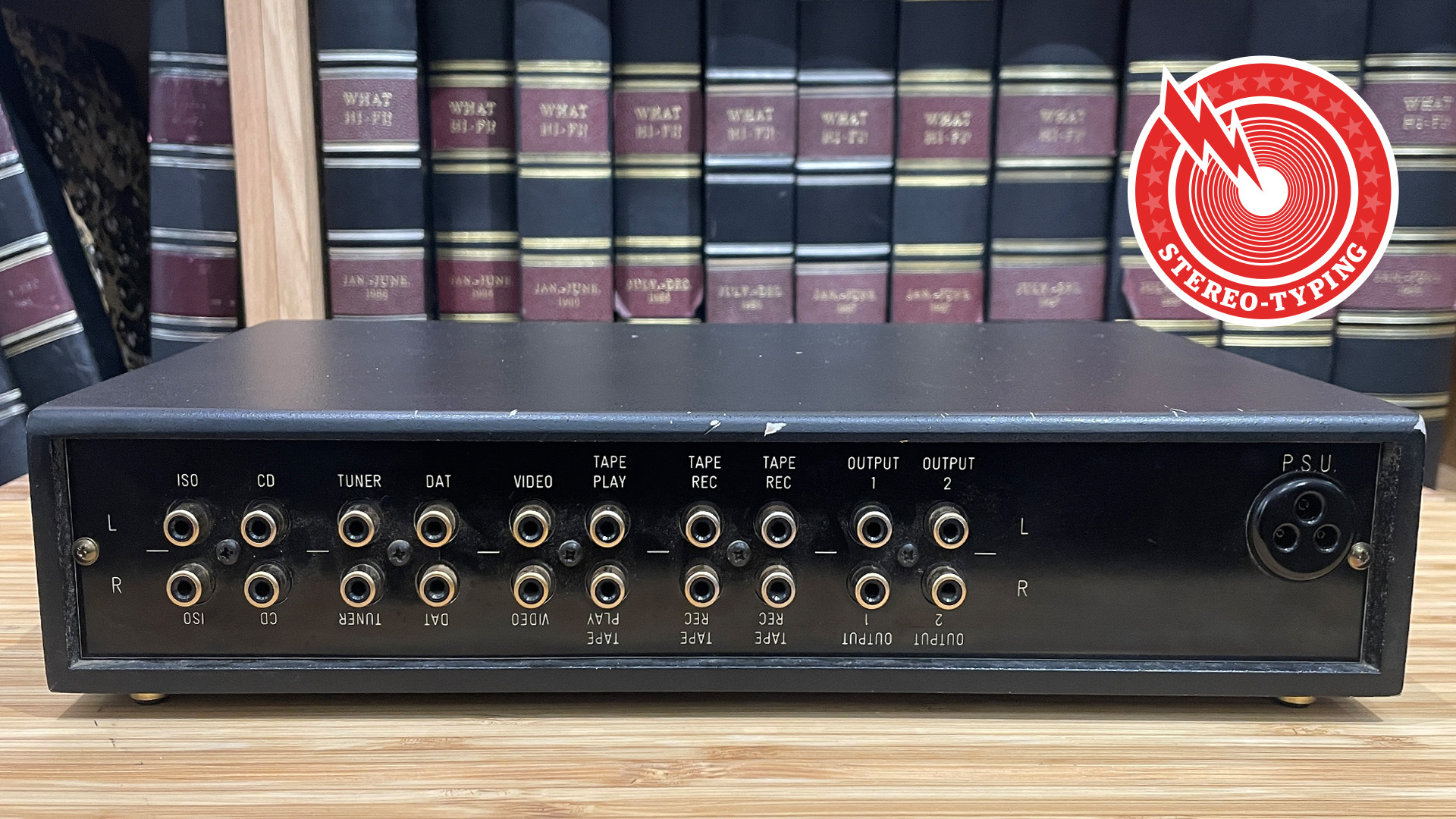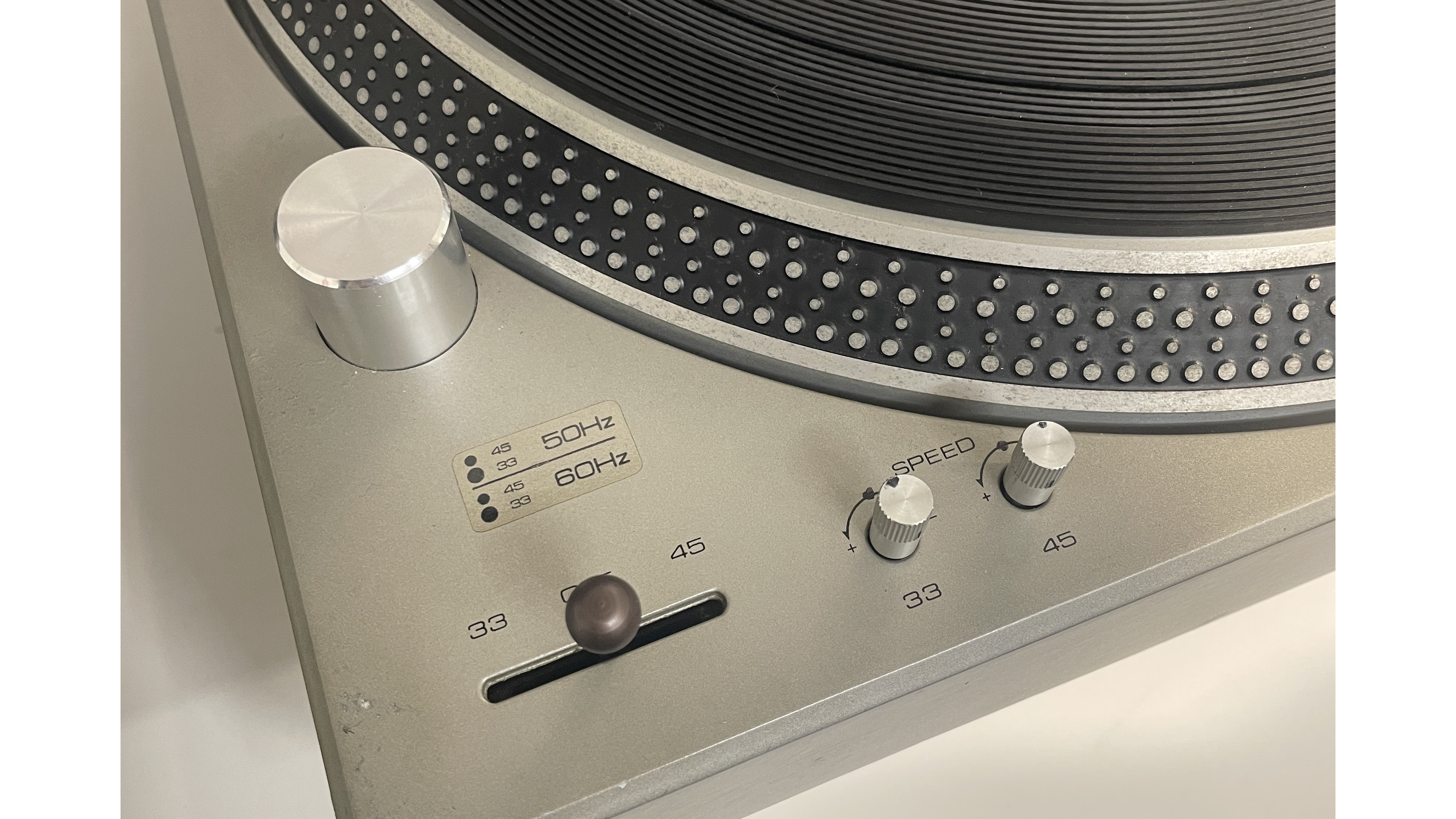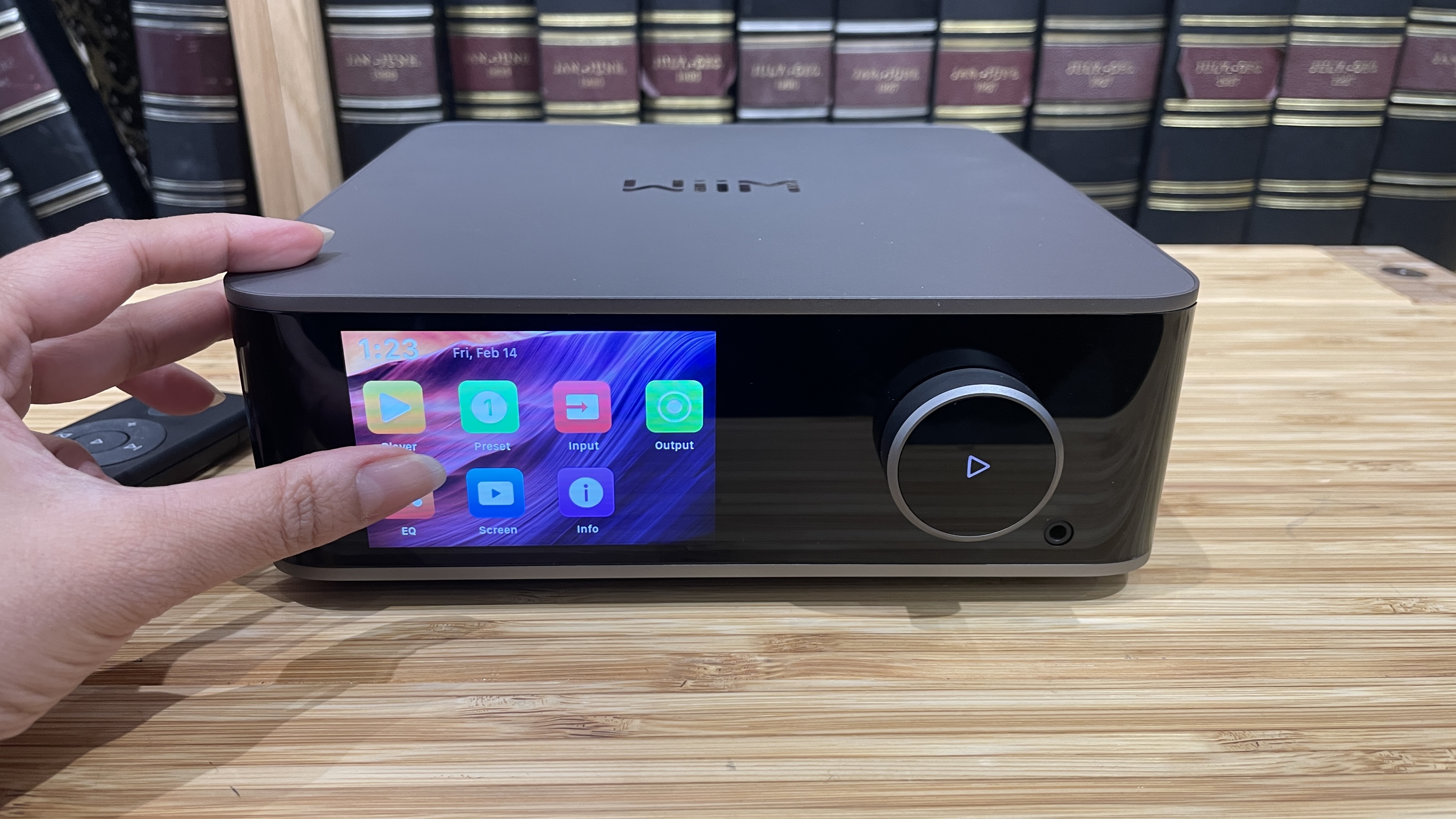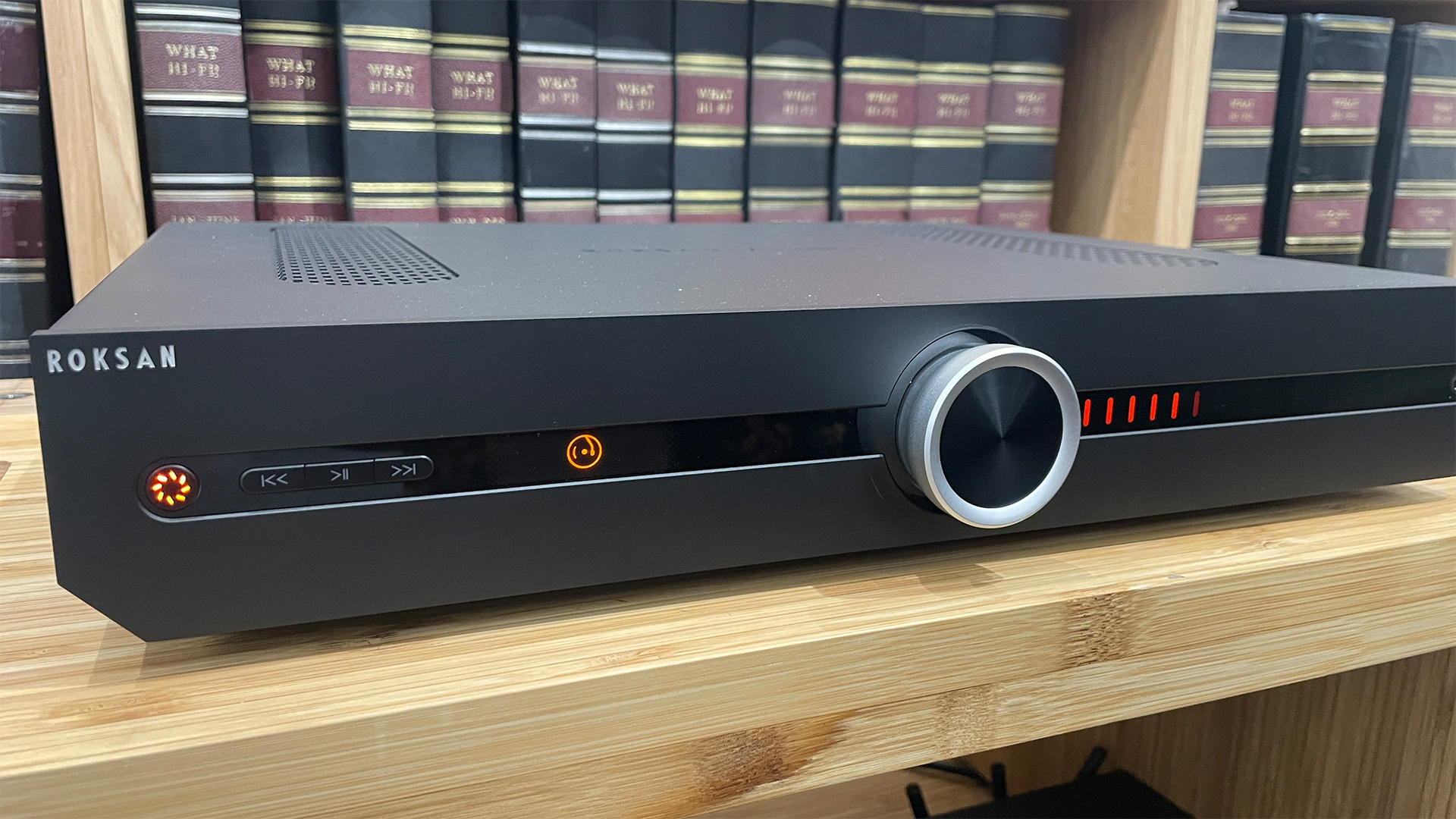It's not always about sound quality; sometimes it's the small things that make using a hi-fi product such a joy
Thoughtful design elements that make all the difference

While we hold sound quality – and value for money – paramount in our estimation of any hi-fi product here at What Hi-Fi?, sometimes it's the little things that make us take notice and appreciate a product even more.
If you'll indulge me a little here, I'd like to highlight elements of design that are worth appreciating – and have made an impression on me and in how I use them – that have nothing to do with sound quality.
This musing was brought about by the presence of the vintage Michell Argo preamplifier (pictured at top) in our test rooms. It sounded lovely; what also drew my attention was the upside-down labelling on the connections at the back of the unit. I'd seen this before in various Cambridge Audio products over the years, present in the budget Alva Duo phono preamp to the high-end Edge A integrated amp, and it always struck me as a thoughtful little touch from the designers, showing they've made note of the practical way someone uses a product in real life. Most of us tend to have a piece of hi-fi equipment – an amplifier, a streamer, a CD player – placed on a rack or cabinet, and we have to lean over it to plug in another component or change cables. Having the same label written upside down on the back – and therefore being able to read it the right way up when leaning over the product – makes it that much easier to plug into the right set of connections or read what input you're using.
It's a small thing, but it's a nice addition from manufacturers that always gets an appreciative nod from us when we come across it. I most recently saw it again in Austrian Audio's debut headphone amplifier, Full Score One, and couldn't help but doff an invisible cap to the designers for adding this simple but practical element.
And it isn't just labels...

My appreciation of a product goes deeper than just mere labels. In fact, I'm sure most of us audiophiles who enjoy using hi-fi kit have happily noted the smooth feel of a volume dial with just the right level of damping, the satisfying clunk of a switch or button, or the way a CD tray operates in smooth silence. We can all appreciate when something is built to a certain high standard of quality, and we notice it even more so when it's done with obsessive love and attention by someone who cares about using a piece of hi-fi as much as you do.
Esoteric's ultra-high-end K-05XD CD player has a lovely disc-loading tray that glides as it performs its duties, but more budget models such as the long-standing Marantz CD6007 mimic that smooth and super-quiet operation. It's always nice to twiddle a dial or flick a switch and get the ultimate satisfaction when you discover it has heft and weight, and is made with care and quality.
It's why we particularly love old, retro products that offer that same tactile feel. I had the chance to see some of Technics' very first turntables last year at the brand's Osaka office in Japan, and spent a good few minutes moving the speed-switching lever on the very first SL-1200 direct drive DJ turntable from 1972. The turntable wasn't working or hooked up to anything, but moving the lever between 33, off and 45 speeds gave the most satisfying feel and noise – a proper weighty clunk and definitive motion that I couldn't help but feel nostalgic for.
Get the What Hi-Fi? Newsletter
The latest hi-fi, home cinema and tech news, reviews, buying advice and deals, direct to your inbox.

But that's enough about old products. While it may seem like newer kit just isn't built in the same way as those from the 70s and 80s, with heavy metals and proper heft and clunk behind the buttons (or at least, not without paying a considerable amount of money for that level of quality), it's actually in a much more cutting-edge modern arena that certain manufacturers are offering neat touches that make using something more amenable.
Touchscreen or no screen at all?
You might debate whether a colour display screen is needed on a music streamer or not – it's lovely to see album artwork, but all your controls and information are in your iPad or smart device, no? Yet we've seen a rise in touchscreen displays on products from HiFi Rose, Eversolo and WiiM – and it's surprisingly been more useful than I ever thought it would be.
We're testing the WiiM Ultra streamer at the moment and I can begrudgingly admit just how useful its touchscreen has been. While my smartphone is usually always in my hand and so controlling the WiiM and choosing music is a mere finger tap or two away, there are times when I've either left my phone in another room or it's simply not within reach as it's charging. Depending on how your listening room is laid out and where your hi-fi is placed, it may not be practical to lean over and prod at the streamer's touchscreen to use it, but our kit rack is by the sofa, and it has been the easiest thing to simply reach over and start a playlist or radio saved in presets, or to change the volume or control playback. It's a nice way to interact with the streamer and means less time spent looking at your smartphone and all its distractions – something many of us are looking to achieve, especially when listening to music.
You can perform even more functions through the Eversolo DMP-A6's touchscreen display, including accessing any downloaded music app and going through all the playlists, artists and albums in each, just as you would on a smartphone. Ultimately, both ways involve looking at a screen, but I wasn't prepared for how often I could do what I needed simply by using the product's touchscreen rather than picking up my smartphone and poking around the control app.

You might argue that most hi-fi products don't need a distracting screen at all, especially if we're trying to focus on the music. The majority of Naim streamers don't have a screen at all, and we've never missed them.
I rather like Roksan Attessa Streaming Amplifier's neat half-way solution, which doesn't use a large display but instead features a slim row of illuminated picture icons that relate to which input/source you're using. You can customise and assign the icon images – a TV, a CD, a game controller, a DVD player, a record with a tonearm – to each source, and it adds a personal touch to a product that might otherwise be a large metal slab. Plus, you can see which source is activated at a glance without the full glare of a display distracting you when you just want to lose yourself in the music.
Again, it's only a small thing – but it's little, thoughtful elements like these that have left an impression and made me appreciate how certain manufacturers and designers have found ways to make using hi-fi kit that bit easier and more pleasurable.
MORE:
6 free audiophile apps to supercharge your hi-fi experience
Is hi-fi really getting better? Our technical editor ponders its progression
What Hi-Fi? reviewers share their favourite-ever albums for testing hi-fi

Kashfia is the Hi-Fi and Audio Editor of What Hi-Fi? and first joined the brand 13 years ago. During her time in the consumer tech industry, she has reviewed hundreds of products (including speakers, amplifiers, turntables and headphones), been to countless trade shows across the world and fallen in love with hi-fi kit much bigger than her. In her spare time, Kash can be found tending to an ever-growing houseplant collection and shooing her cat Jolene away from spinning records.
